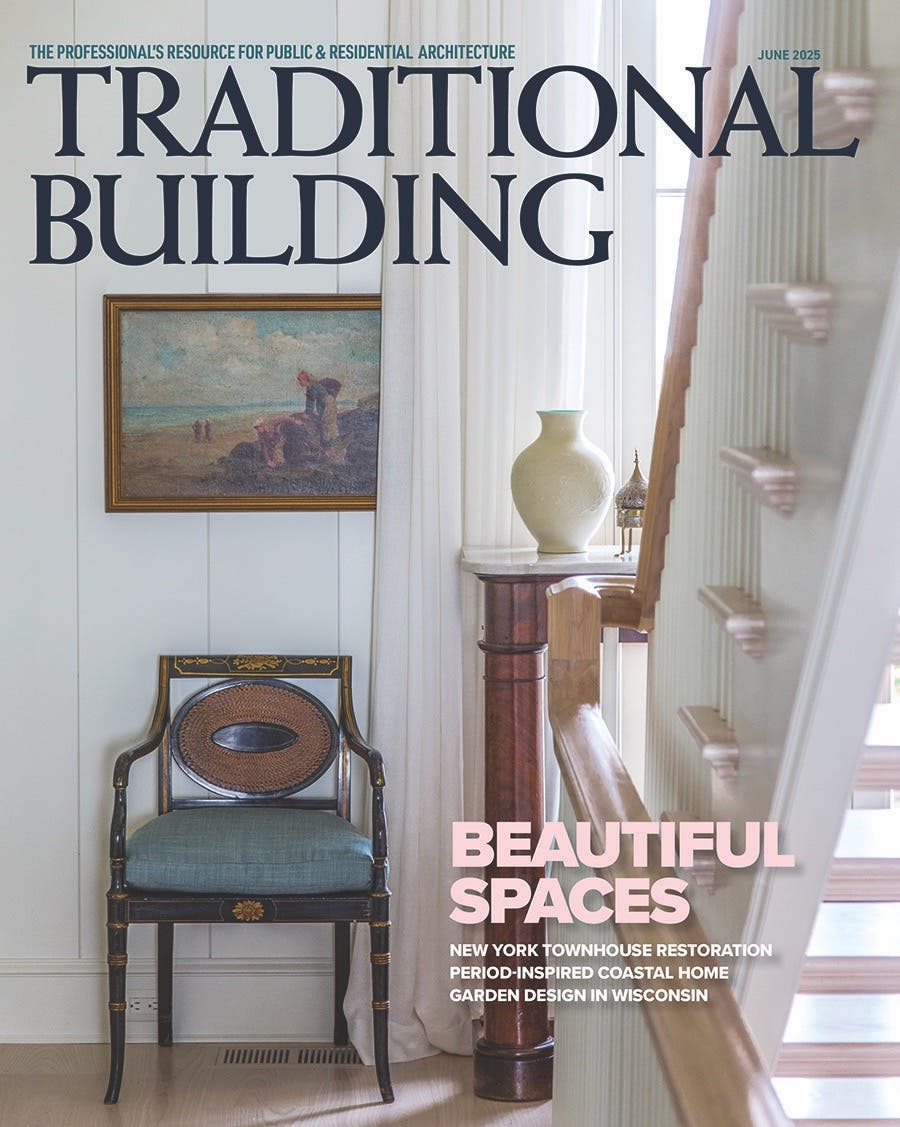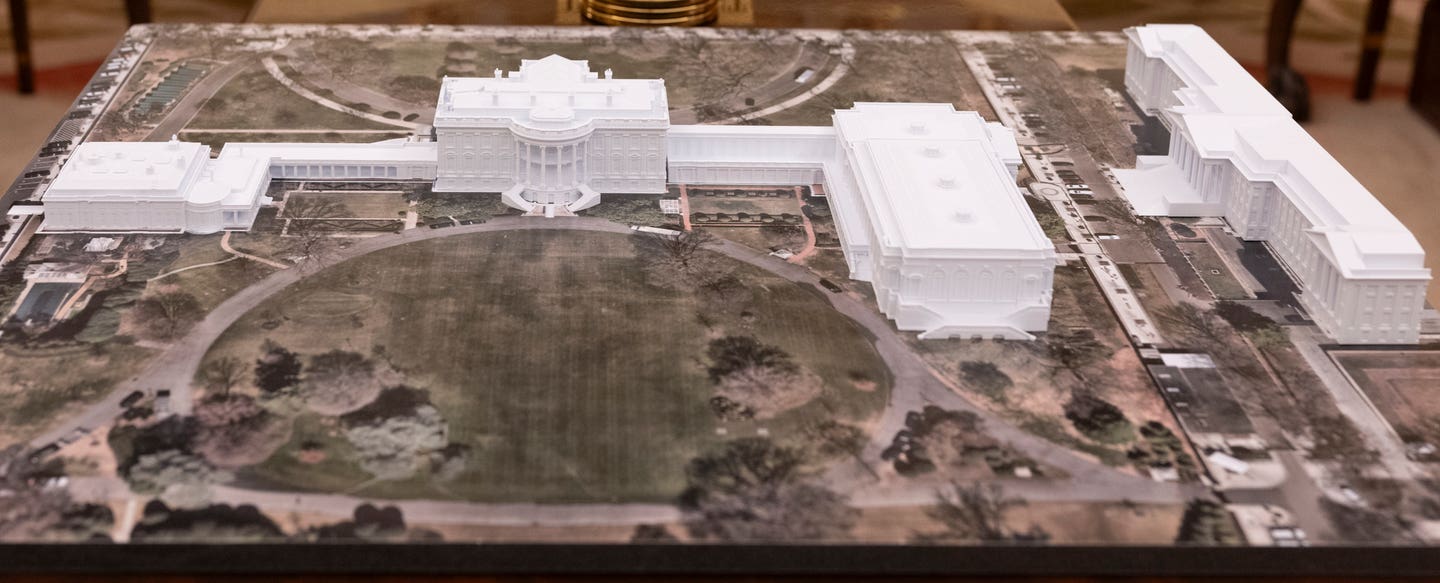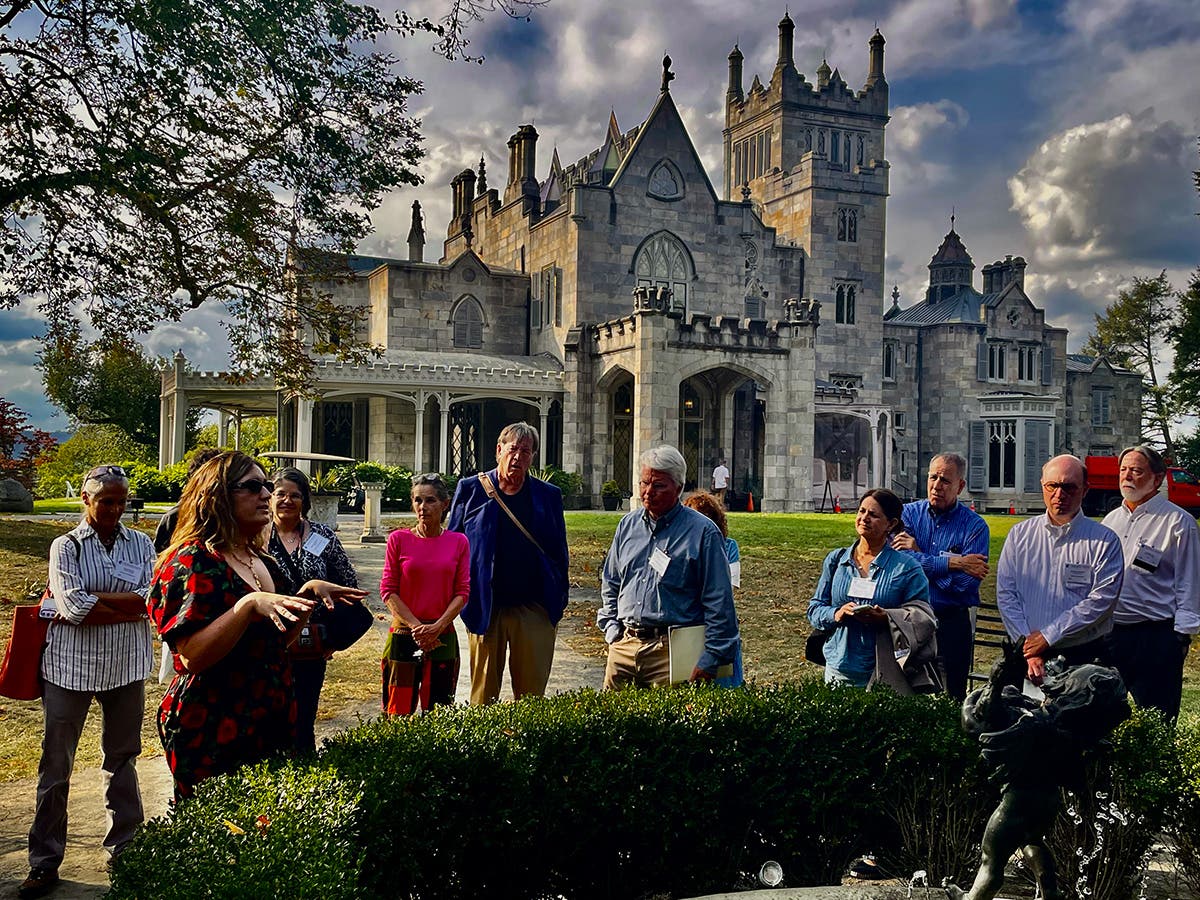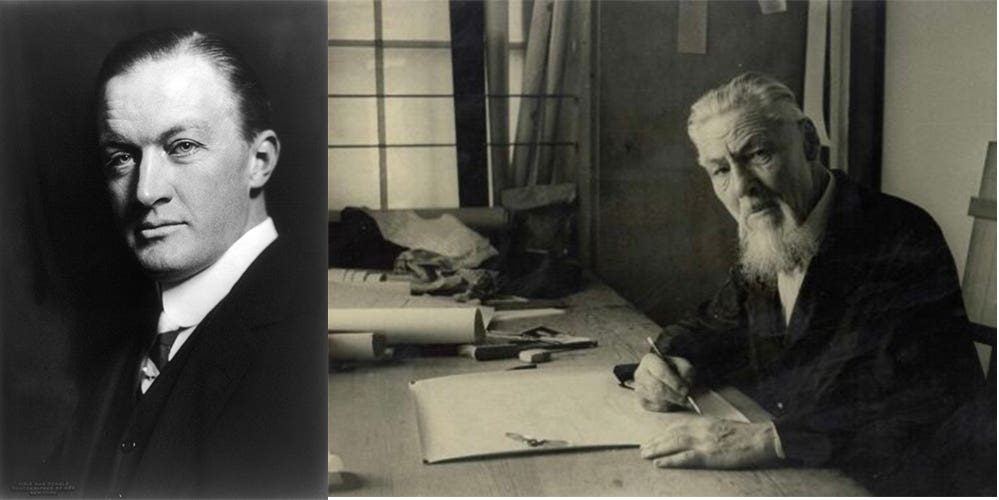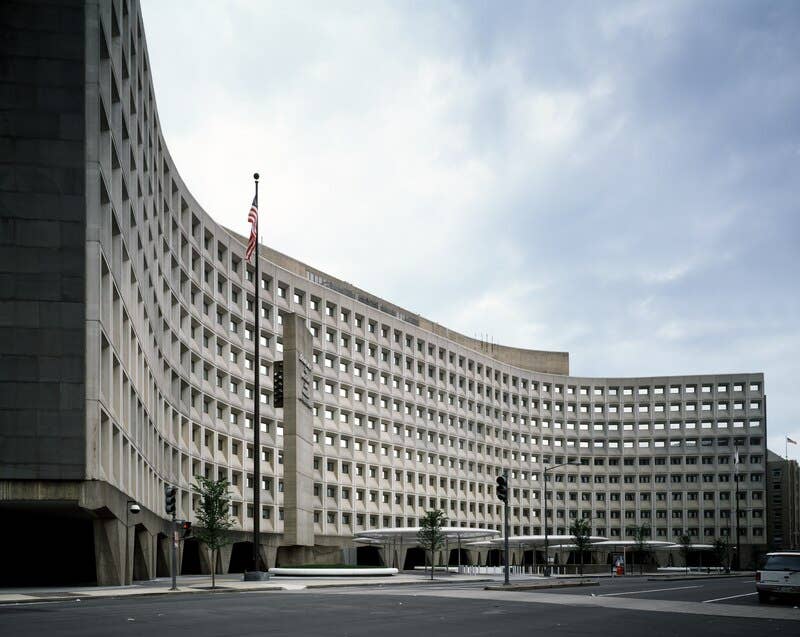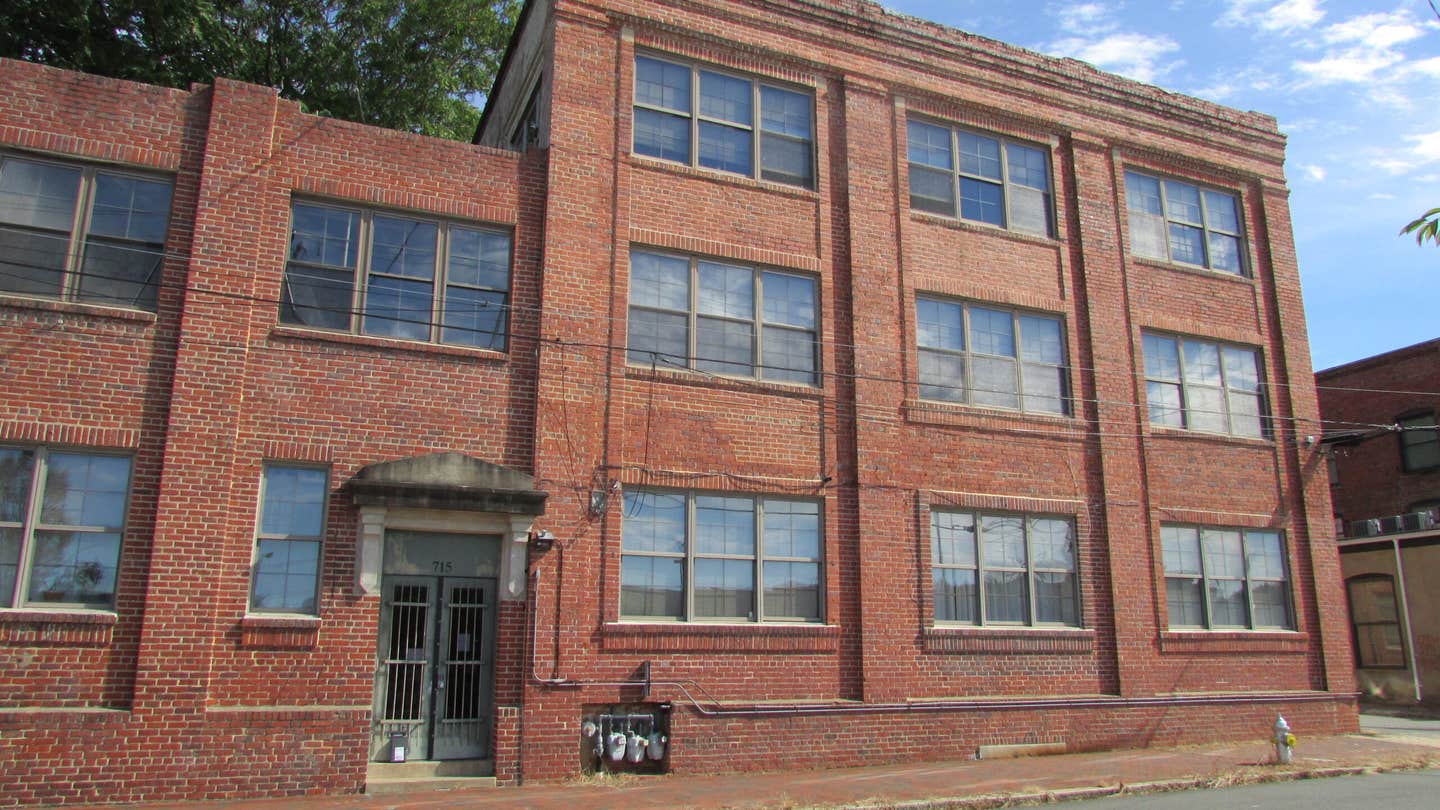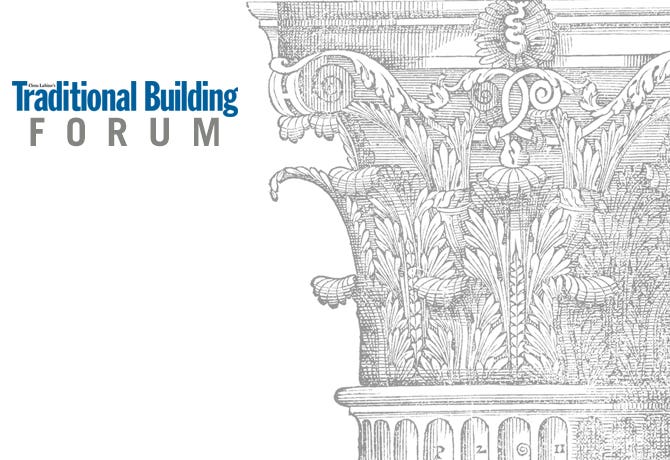
The Forum
The Origins of Modern Conservation Theory in Fascist Italy
By Steven W. Semes
Yes, that title is intentionally provocative and, admittedly, simplistic. But so are all attempts to associate architectural ideas or actual built forms with particular political programs. One often hears new traditional architecture dismissed because Classical forms were embraced by the Nazis and Italian fascists, even if historically various styles were used by various political movements, both democratic and authoritarian.
The relation between architectural style and politics has always been complicated, but post-war misconceptions involving the political use of traditional architecture are often simply false. For example, those who say that the Fascist regime of Benito Mussolini supported Classical architecture and discouraged Modernism have to explain how in 1938 this same government officially banned architecture in historical styles, whether in additions to historic sites or in new construction, and how suppressing traditional design has continued to be part of preservation policy worldwide until today.
In 1931, the Italian Charter of Restoration was drafted by Gustavo Giovannoni, just returned from the conference that produced the Charter of Athens, the first international agreement on the conservation of monuments. Giovannoni's charter, entirely consonant with international norms at the time, reflected the traditional idea that new construction in historic settings should be stylistically harmonious, though distinguishable from the historic monument. For additions:
"The essential criterion to be followed should be that of limiting new elements to the minimum possible; such new elements should be given a character of nude simplicity in correspondence to the constructive scheme; and the continuation of the existing lines in a similar style can only be admitted when treated in geometric expressions without decorative individuality. Such additions should be carefully and evidently designated, either by the use of materials different from the originals or by the adoption of simple moldings without carving, or with marks or inscriptions, such that a restoration would never risk deceiving scholars or represent the falsification of a historical document." (Author's translation) This approach, undoubtedly inspired by Valadier's early 19th-century restoration of the Arch of Titus in Rome, assumes that the new construction, like the old, will also have moldings and carving if simplified – and does not mention avoiding stylistic contrast because no one had yet imagined Libeskind-like glass shards erupting from the façade of a valued historic building.
But the Fascist government was divided on architectural matters.
From the beginning of the regime in 1922, Mussolini refused to recognize a "fascist style," though both traditionalists and the modernist Rationalists lobbied for this distinction. Instead, he would support now one and now the other until, in the 1930s, a semi-official style emerged in the "stripped classicism" that sought to synthesize the Classical and modern.
Giovannoni remained a Classicist throughout his career and led the traditionalist camp, but he was opposed by Giulio Carlo Argan and Cesare Brandi, two young protégés of the Minister of Public Education, Giuseppe Bottai, a supporter the Modernist camp. In 1938, Bottai appointed Giovannoni to chair a commission to study the 1931 Charter but, seeing no reason to rewrite his own work of seven years before, he soon resigned. Bottai then formed another commission, with Argan and Brandi as members, to write a new Charter. Argan, in clear opposition to Giovannoni, wrote that "every imitation (of historic architecture) is an outrage against rather than an homage to history." In his Charter, the eighth point reads:
"For obvious reasons of historical dignity and for the necessary clarity in current artistic consciousness, the construction of buildings in historic styles is absolutely to be avoided, even in areas not having monumental or landscape interest, since this represents a double falsification with respect to both the ancient and the recent history of art." (Author's translation)
This notion of "double falsification" is significant: Argan is concerned with protecting current trends in modern art from the perceived danger of historical imitation as much as protecting historic resources from the possibility of confusion with imitative new work. While Giovannoni emphasized the continuity of the past and present, Argan defends the "difference" between them, on which the entire Modernist enterprise depends. Argan saw conservation as a means of promoting the interests of the Modernist avant-garde, and this view remains a potent subtext in the field today. In 1942, Argan's Charter was issued as an "Instruction" with the force of law to conservation and building officials, just as Allied bombs were falling on Italian cities and the regime itself was crumbling. While the war prevented its enforcement, the "Instruction" remained the last word of the Fascist government on architectural and conservation matters.
The postwar government canceled the 1942 law and reinstated Giovannoni's 1931 Charter, under which postwar reconstruction was completed to popular acclaim. But Brandi, who remained head of the national institute for restoration in Rome, protested, calling the reconstruction of the Trinita' Bridge in Florence, blown up by the retreating Nazis, a "fake." In 1963, he published his Theory of Restoration, in which he attacked reconstruction or restoration that sought to recapture the historic form, or additions in forms or materials not plainly modern, because they violate the narrative of modern art history. His book was the basis for the 1964 Charter of Venice, which required that additions to historic sites "bear a contemporary stamp."
Brandi was an author of the 1972 Italian Charter of Restoration, still in effect, which definitively replaced the 1931 standards with a Modernist approach. Similar thinking, albeit in a more moderate form, inspired the Secretary of the Interior's Standards for Rehabilitation of 1977, which requires additions to be both "differentiated" from and "compatible" with historic fabric, a provision often interpreted as banning new traditional work for the very reasons cited by Argan, though the wording is actually more in line with Giovannoni's style-neutral standard.
The next time you hear that new traditional design is "false history" or "diminishes authentic historic fabric," you can point out that this same view was, between 1938 and 1942, the official policy of fascist Italy. That means that either the view itself is suspect for that reason or the political context of architectural ideas is not a decisive factor in determining their validity. In either case, contemporary preservation philosophy has some explaining to do.
Note: Primary source material can be found in the article by Paolo Nicoloso, "La 'Carta del restauro' di Giulio Carlo Argan," Annali d'architettura, Rivista del Centro Internazionale di Studi di Architettura Andrea Palladio, no. 6, Milan: Electa, 1994, pp. 101-115.
Steven W. Semes, winner of the 2010 Clem Labine Award, is Associate Professor in the School of Architecture at the University of Notre Dame and was Academic Director of the School's Rome Studies Program 2008-2011. He was appointed Editor of The Classicist last March. He is the author of The Future of the Past: A Conservation Ethic for Architecture, Urbanism, and Historic Preservation (2009) and The Architecture of the Classical Interior (2004) as well as dozens of articles. He is currently working on a book about the classical architecture of 20th-century Rome.


